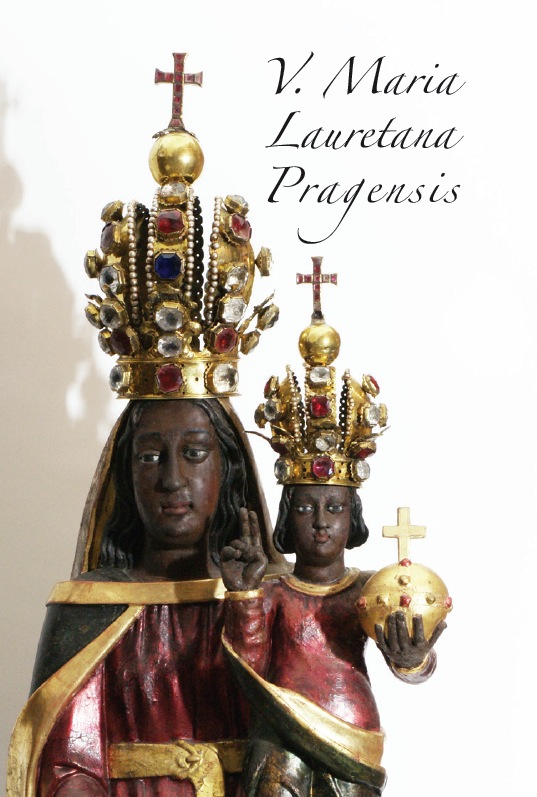The Loreto house - the Santa Casa - is a building that originally stood in the town of Nazareth in Palestine, and was witness to the mysterious and sacred moment of the Incarnation, when the archangel Gabriel announced to the Virgin Mary that she would conceive of the Holy Ghost, and when the Son of God became a man in her body.
The Holy Family stayed in the house after their return from exile in Egypt and Mary lived there until the death of Christ. The Holy House soon became a venerated site for Christians and, subsequently, also a target of repeated attacks by the Saracens. The most recent research has demonstrated that three walls of the Casa, originally attached to a rock, were dismantled in 1291 by pilgrims and transferred in inliidual sections by ship, first to the present-day Dalmatia, and later, in 1294, to Loreto, close to Ancona in Italy. It would seem that the name of the Angeli family, which stood behind the transfer of the house from the Holy Land, gave rise over time to the legend about the miraculous transportation by the angels (which is often depicted in works of art).
 The form of the Italian Santa Casa - that is, the Renaissance architectural design of the marble panelling of the house (the work of D. Bramante) that, like a reliquary case, protects the exterior - became the binding model for derivative pilgrimage sites that began to appear with the growing renown of the Loreto from the second half of the 16th century on in the Trans-alpine countries. Its original interior decoration was, unfortunately, destroyed in a fire in 1921. The testimony of the derivative pilgrimage sites, including the Prague Loreto, that capture faithfully the original form of the first model, is thus all the more valuable.
The form of the Italian Santa Casa - that is, the Renaissance architectural design of the marble panelling of the house (the work of D. Bramante) that, like a reliquary case, protects the exterior - became the binding model for derivative pilgrimage sites that began to appear with the growing renown of the Loreto from the second half of the 16th century on in the Trans-alpine countries. Its original interior decoration was, unfortunately, destroyed in a fire in 1921. The testimony of the derivative pilgrimage sites, including the Prague Loreto, that capture faithfully the original form of the first model, is thus all the more valuable.
In fact, even today, people often perceived Prague Loreto as a warm piece of Italy in the area far north of the Alps. Enjoy it!

